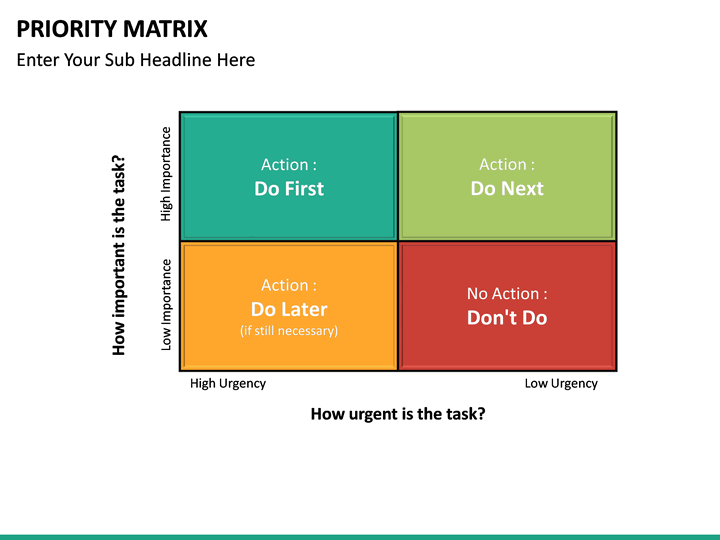

Yoshida, K., Kurazume, R., Umetani, Y.: Dual arm coordination in space free-flying robot.

14(2), 169–178 (2017)Ĭhu, Z., Ma, Y., Cui, J.: Adaptive reactionless control strategy via the pso-elm algorithm for free-floating space robots during manipulation of unknown objects. Zhou, C., Jin, M., Liu, Y., Zhang, Z., Liu, Y., Liu, H.: Singularity robust path planning for real time base attitude adjustment of free-floating space robot. In: Proceedings of IEEE Conference on Decision and Control, pp. Nenchev, D., Yoshida, K., Uchiyama, M.: Reaction null-space based control of flexible structure mounted manipulator systems. Torres, M.A., Dubowsky, S.: Minimizing spacecraft attitude disturbances in space manipulator systems. In: Proceedings of IEEE International Conference on Robotics and Automation, pp. Vafa, Z., Dubowsky, S.: On the dynamics of manipulators in space using the virtual manipulator approach. Zong, L., Emami, M.R., Luo, J.: Reactionless control of free-floating space manipulators. Giordano, A.M., Dietrich, A., Ott, C., Albu-Schäffer, A.: Coordination of thrusters, reaction wheels, and arm in orbital robots.

Hu, J., Wang, T.: Minimum base attitude disturbance planning for a space robot during target capture. Zhang, X., Liu, J., Gao, Q., Ju, Z.: Adaptive robust decoupling control of multi-arm space robots using time-delay estimation technique.
#Task priority matrix verification#
Xu, W., Liang, B., Xu, Y.: Survey of modeling, planning, and ground verification of space robotic systems. Li, W., Cheng, D., Liu, X., Wang, Y., Shi, W., Tang, Z., Gao, F., Zeng, F., Chai, H., Luo, W., Cong, Q., Gao, Z.: On-orbit service (OOS) of spacecraft: a review of engineering developments. Simulation results have validated the proposed motion planning strategy imposed on the dual-arm space robot.Ĭenter of mass (CM) of base and body i of manipulator j \(\)
#Task priority matrix full#
Besides, a novel velocity-related dynamic potential function is also designed to obtain a smoother motion when approaching obstacles, and further relaxed to the one-dimensional inequality to take full advantage of the robot capacity and dexterity. Then, the planning problem is reformulated as strictly hierarchical quadratic least-square problems containing both equality and inequality and solved with the proposed task-priority algorithm based on the combination of the task priority matrix method and the active-set method. The robot is primarily expected to track the prescribed trajectory together with various other tasks, e.g., regulating the base attitude, avoiding collision with obstacles and respecting the joint constraints. This paper addresses the motion planning problem for a free-floating redundant space robotic system at the acceleration level considering the strict task priority.


 0 kommentar(er)
0 kommentar(er)
